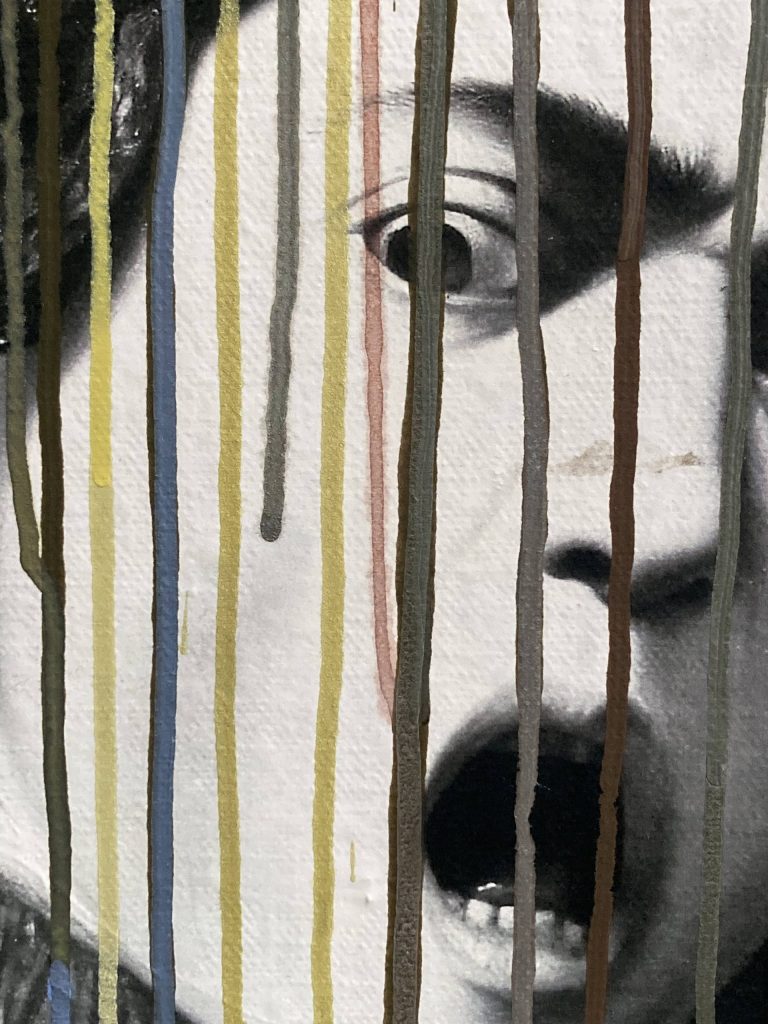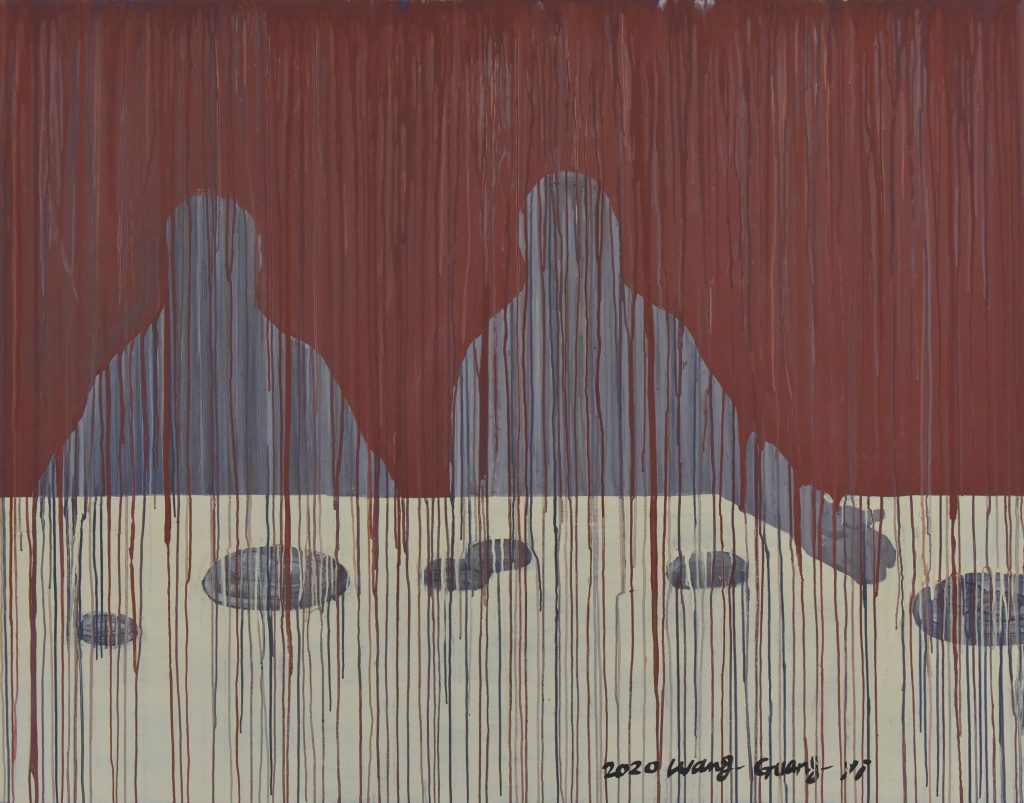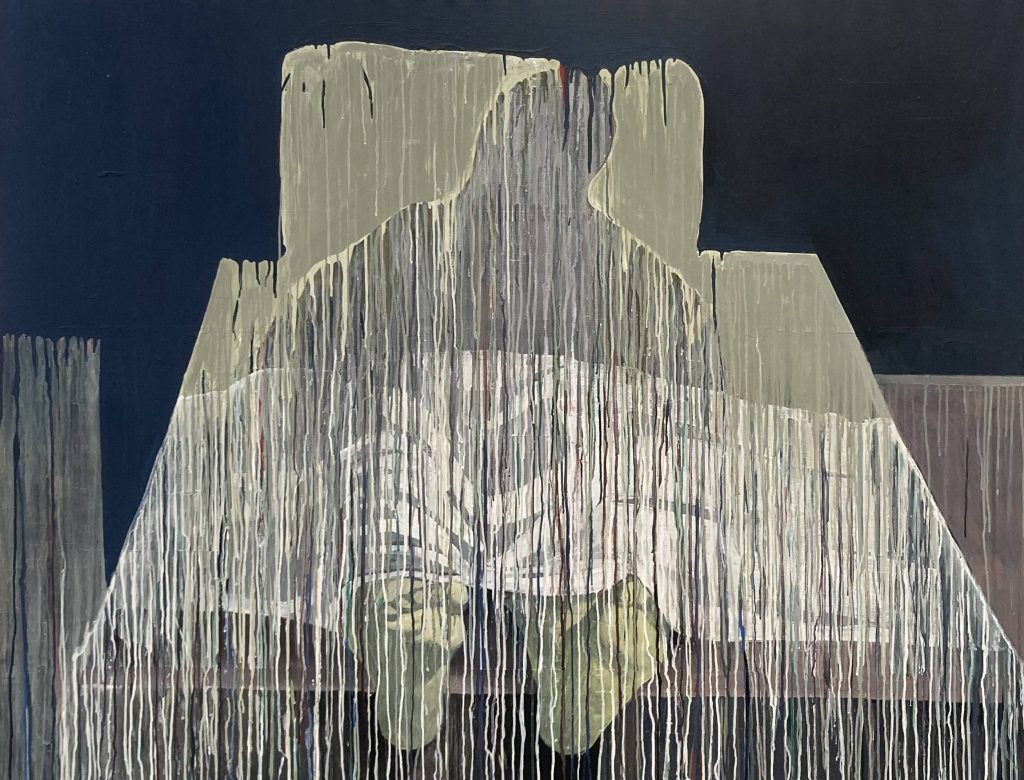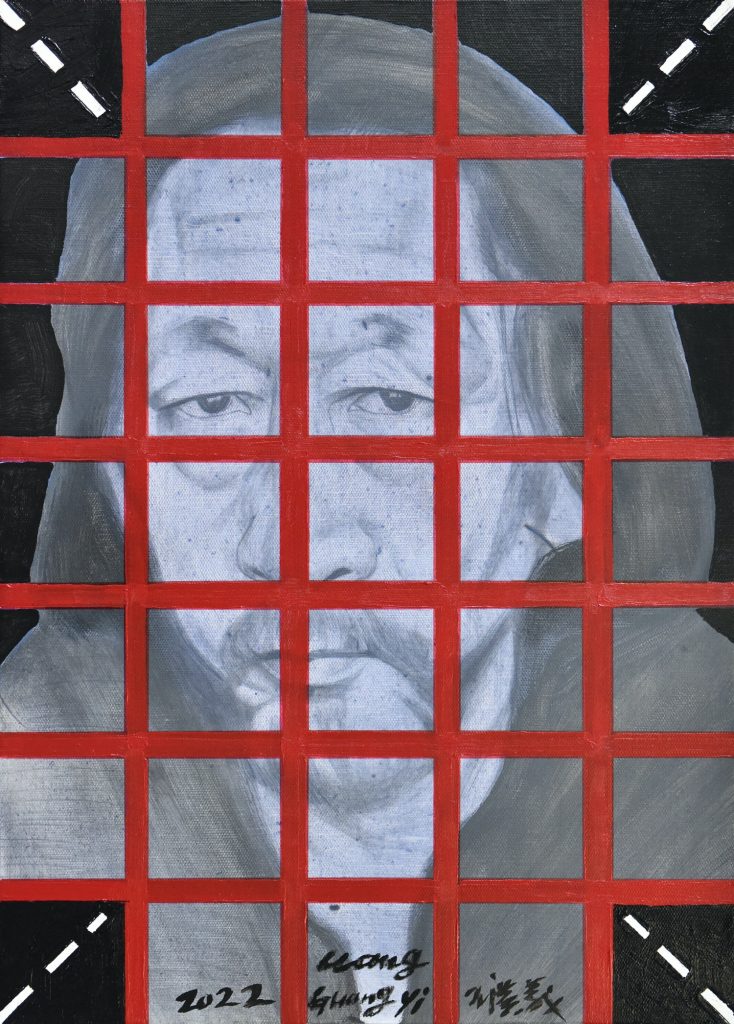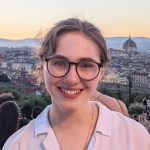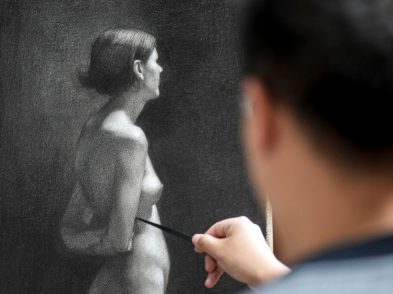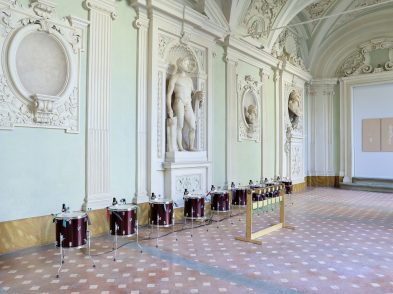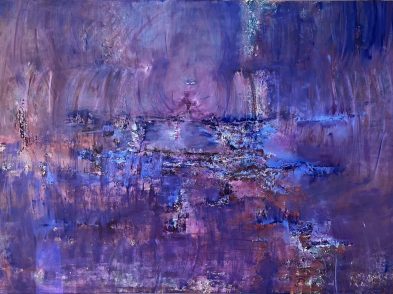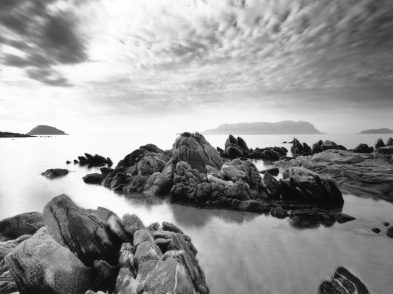Palazzo Pitti presents Wang Guangyi’s first solo exhibition in Italy, titled Obscured Existence. Running from September 7 to December 10 in the Andito degli Angiolini, it follows common themes from Guangyi’s existing internationally exhibited work, while providing a new perspective on the almost religious significance of daily rituals and the integral humanity that transcends cultural values.
The exhibition is divided into four cycles, with individual titles and focuses but continuities of style. The decision to separate the four cycles into different rooms allows us to appreciate each part as distinct, while the cyclical route through the rooms echoes not only their unity in overarching theme and inspiration, but also the key subject of daily cycles and routines.
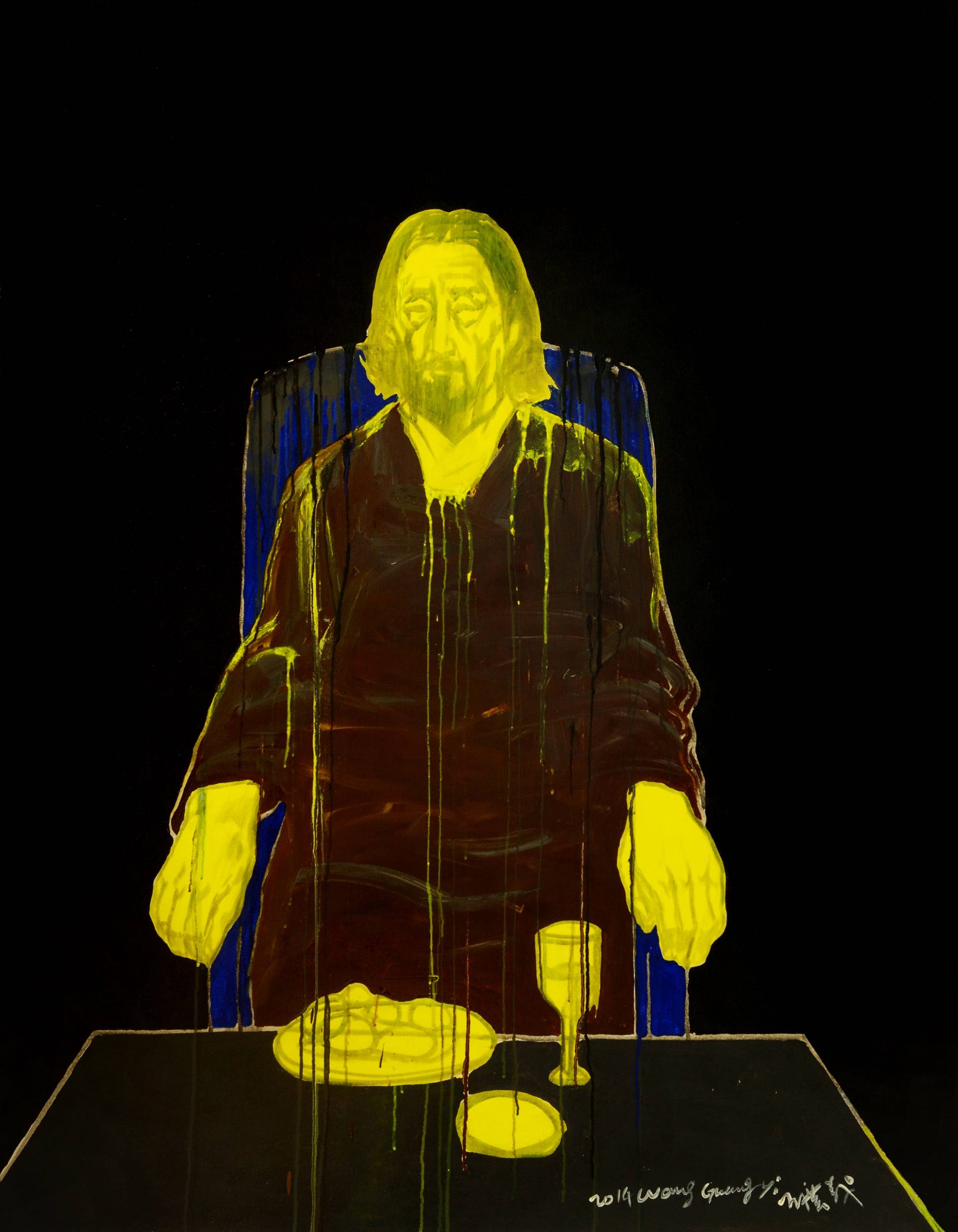 Wang Guangy Daily Life No.3, 2014, 180x140cm, acrylic on canvas
Wang Guangy Daily Life No.3, 2014, 180x140cm, acrylic on canvas
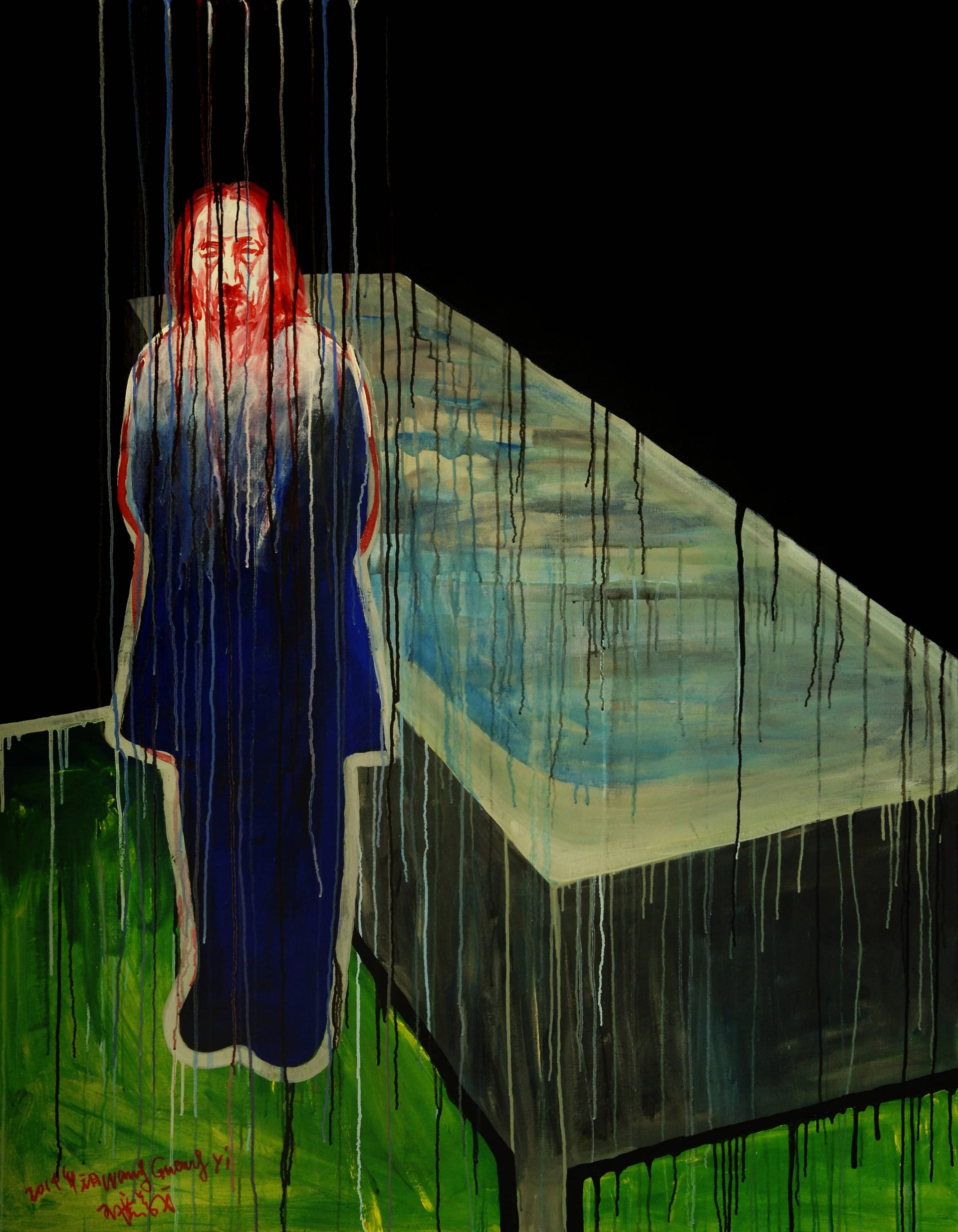 Wang Guangy Daily Life No.4, 2014, 180x140cm, acrylic on canvas
Wang Guangy Daily Life No.4, 2014, 180x140cm, acrylic on canvas
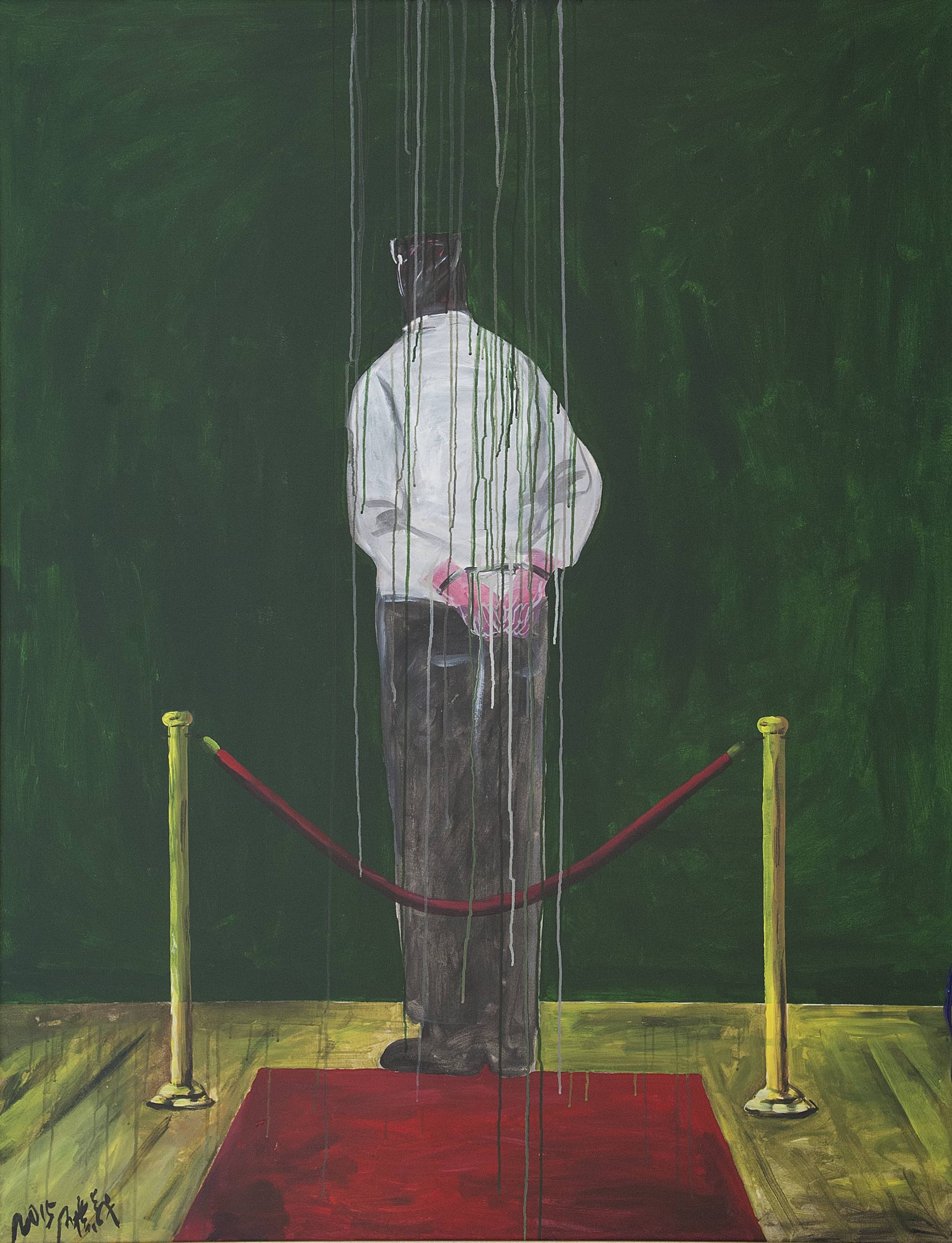 Wang Guangy Ritual No.2, 2015, 180x140cm, acrylic on canvas
Wang Guangy Ritual No.2, 2015, 180x140cm, acrylic on canvas
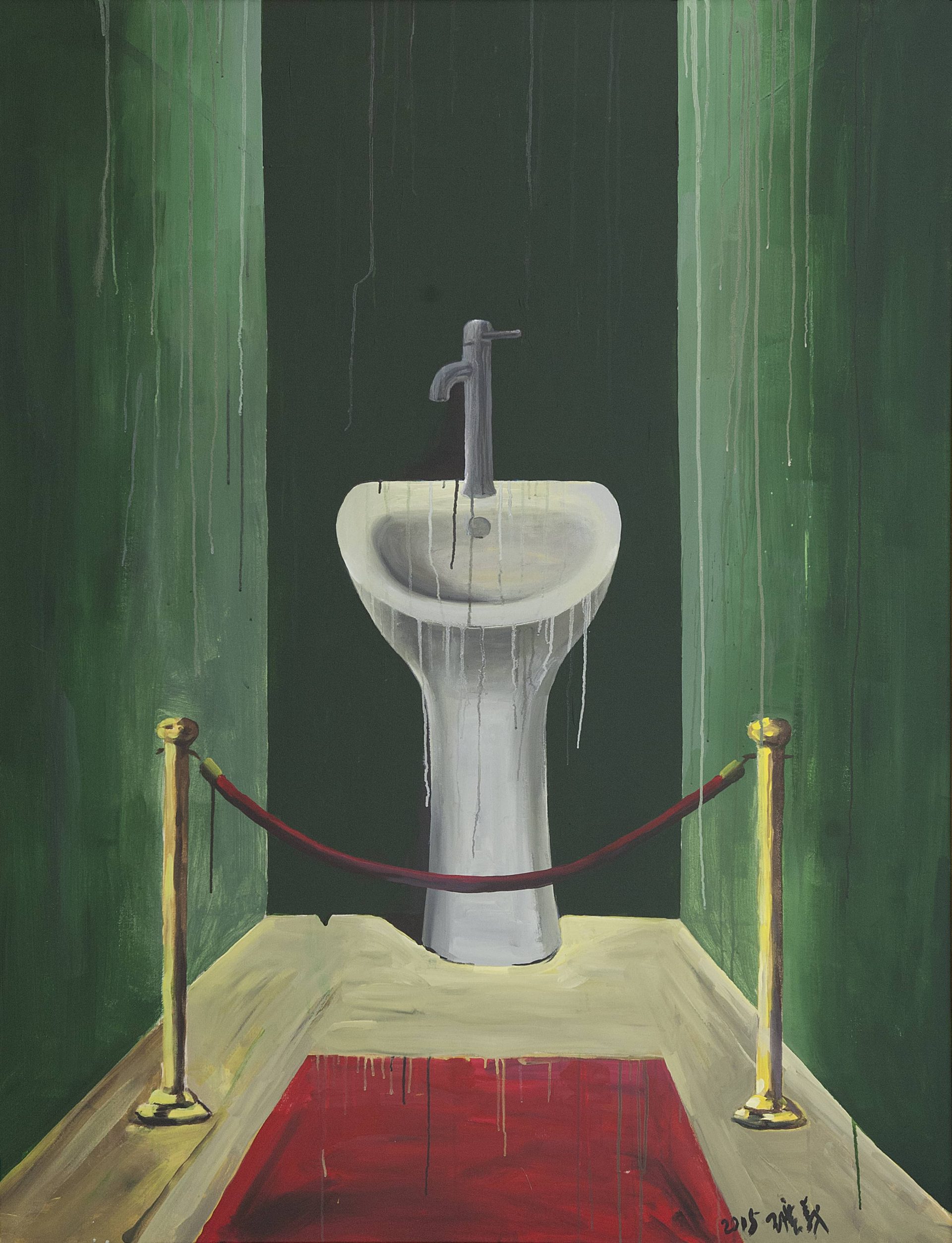 Wang Guangy Ritual No. 1, 2015, 180x140cm, acrylic on canvas
Wang Guangy Ritual No. 1, 2015, 180x140cm, acrylic on canvas
In the first cycle, Daily Life, Guangyi puts our repetitive daily actions centre stage, highlighting their “mechanical pace” and ritualistic quality. The palpable link between these rituals and their almost religious sincerity is invoked through the austere self-portraits of the artist in these private moments.
In the second cycle, Ritual, objects of daily use are painted behind a red cord suspended by two golden columns, reminiscent of those used in both museums and religious settings to separate works of artistic or religious importance from the public. They thus become objects of curiosity and intrigue rather than familiar articles of everyday use.
The third and fourth cycles, Obscured Existence and The Shadow of Memory, display Guangyi’s characteristic technique of Wu Lou Hen, the ancient Chinese method of allowing excessive paint to trickle down the canvas, obscuring some parts of the image behind. The indistinctness of the figures in these paintings is balanced in some cases with references to historical or religious iconography, such as The Expulsion from the Garden of Eden, from Masaccio’s fresco in the Brancacci Chapel of the Church of Santa Maria del Carmine. The artist reinterprets western iconography in a traditional Chinese method, combining diverse artistic practices.
Also in this section, Enlarged Medusa sees Caravaggio’s Medusa copied in monochrome before being obscured by a painted grid and dripping paint. The “profound impact” that Guangyi felt during his first visit to the Uffizi galleries thirty years ago is explicit here, while we are encouraged as viewers to find an implicit meaning in the combination of traditions.
The works facilitate the bridging of the gap between artistic traditions without feeling forced and allow reflection on what makes different artistic traditions valuable and unique. As commented by the Director of the Uffizi Galleries, Eike Schmidt, “the artist treats ‘normal’ spaces and simple everyday objects with the same respect, investigating a transcendental soul in them and in their pictorial interpretation. From this perspective, he manages to unite, without confusing them, western and eastern traditions in an original and innovative way”.

